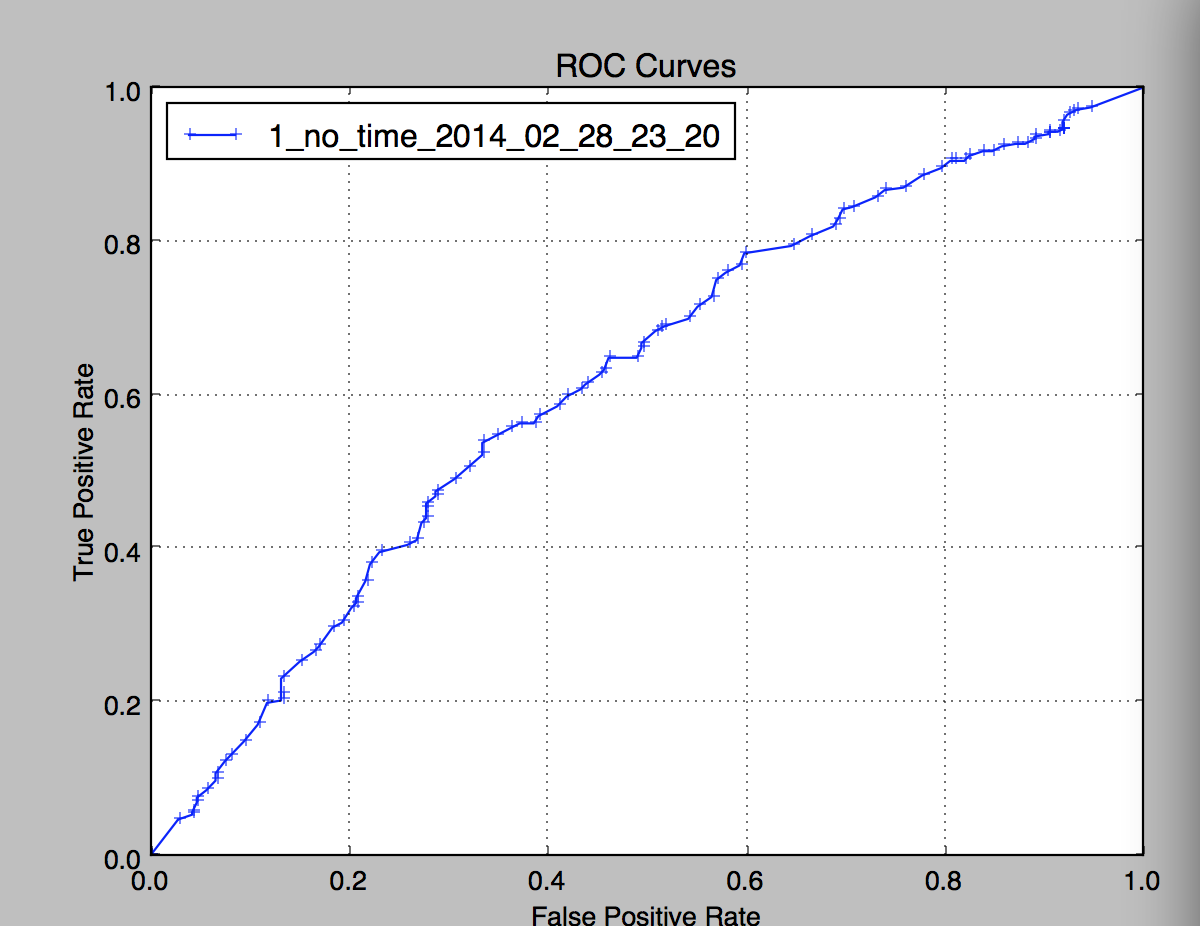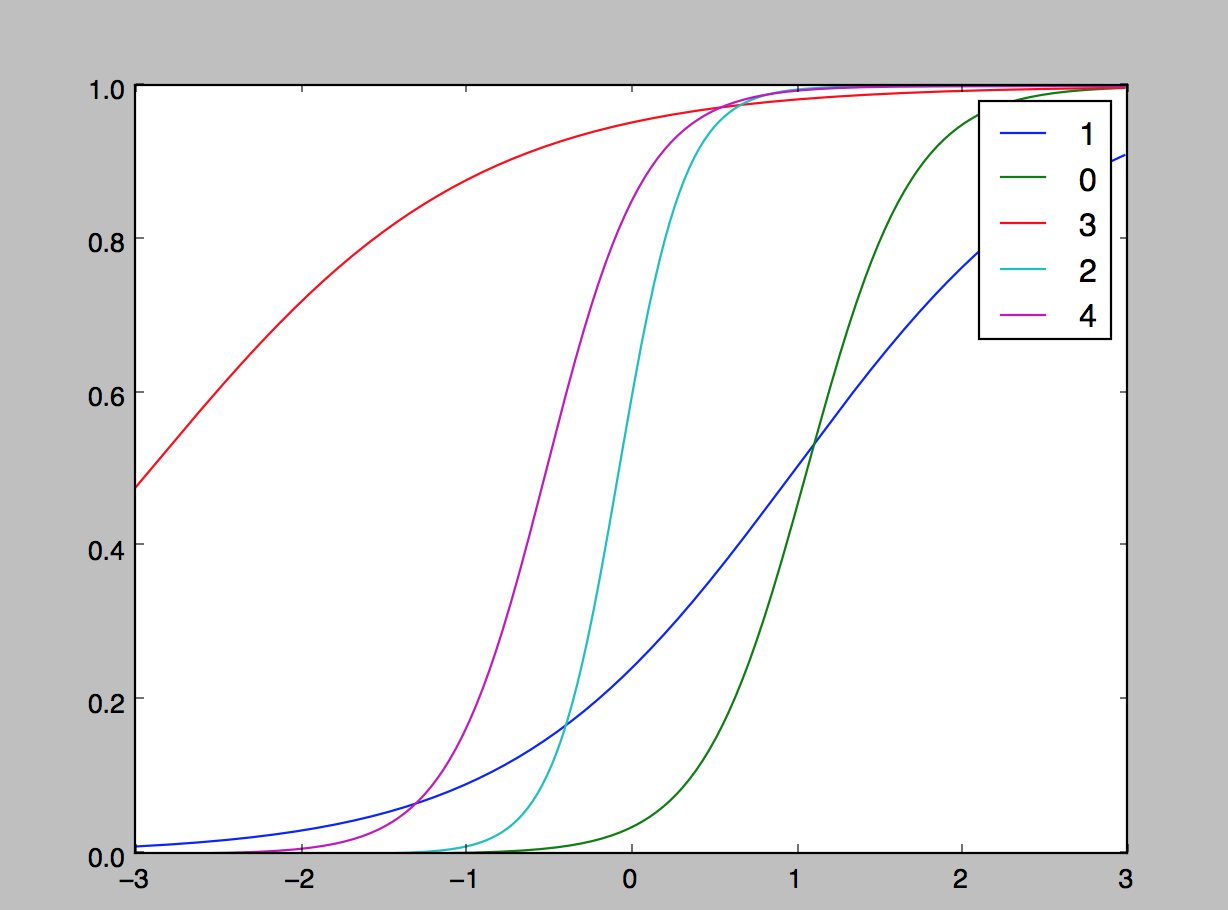#guacamole
guacamole is a collection of tools we use at Khan Academy to train our models
from new data on a regular basis. These tools are meant to be compatible
with a variety of data formats from anyone who has learning data - especially
but not only data from online instruction.
The Tools:
The pipeline currently included here trains Multi-dimensional Item Response Theory (MIRT) models, including both item correctness and response time if you have that data (coming soon). The MIRT model is well suited to testing data (at Khan Academy, we use it for our assessments)
guacamole is a useful tool for teachers and researchers to analyze and improve test items and students.
###Getting guacamole to run:
####Get numpy, scipy, and matplotlib working There are several strategies for this, depending on platform.
The normal and generally correct way to install Python libraries is using pip, but that often chokes on each of these. If installing with pip doesn't work, I recommend using the Scipy Superpack for Mac, or following the SciPy Stack installation instructions for Linux or Windows. For a heavier-weight but easy alternative, you can try Anaconda.
I recommend installing git as well.
Next download guacamole:
git clone git@github.com:Khan/guacamole.git
Go to the guacamole directory and run
./start_mirt_pipeline.py --generate --train -n 2 --visualize
It should take less than a minute, and if some graphs pop up, you're good to go.
That -n 2 is just to make things faster - this will not be a good model. It'll only learn for two epochs, and you probably want it to learn for about 15.
guacamole has a ton of features and abilities, and this walkthrough shows a few of them.
If you want a quick overview of what's available and you hate reading when it's not on the terminal, run
./start_mirt_pipeline.py --help
for an overview of the arguments
Data is generated with
./start_mirt_pipeline.py --generate
This constructs a bunch of students with fake abilities, a bunch of exercises with fake difficulties, and simulates those students doing those exercises. You can examine the generated data in
<PATH_TO_GUAC>/sample_data/all.responses
It should look something like
MERRIE,addition_1,1,True
MERRIE,identifying_points_1,1,False
YOSHIKO,addition_1,1,True
YOSHIKO,slope_intercept_form,1,True
YOSHIKO,graphing-proportional-relationships,1,True
YOSHIKO,constructions_1,1,True
CAITLYN,addition_1,1,True
CAITLYN,identifying_points_1,1,True
HORTENSE,vertical_angles_2,1,False
HORTENSE,visualizing-and-interpreting-relationships-between-patterns,1,True
HORTENSE,slope_intercept_form,1,False
MENDY,graphing-proportional-relationships,1,True
MENDY,constructions_1,1,False
These columns are name, exercise, time_taken, and correct. You can read more about data formats in train_util/model_training_util.py
###Train a model
You can train a model on data with
./start_mirt_pipeline.py --train
By default, this looks at the place that generate writes - at sample_data/all.responses. If you're interested in using your own data, you can use
./start_mirt_pipeline.py --train --data_file <PATH/TO/YOUT/DATA>
OPTIONAL: PARALLELIZATION)
This will run for a while. If you want it to go faster, you can parallelize with the -w command. I use -w 6 on my eight-core computer. On a cluster, the number of workers can be really big, and training can be really fast. On some systems, (like Ubuntu) this only works when you have affinity installed - if multiple workers does not result in any speedup, try pip install affinity.
Now that your model is trained, it's in sample_data/models/model.json. You can actually use this model to run an adaptive test now, or you can examine it in a more readable format. If you want to save your model somewhere else, send in -m desired/model/file.json.
###Examining Models
There are a few ways to examine a model and evaluate how good it is.
####Report The simplest is to run
./start_mirt_pipeline.py --report
This prints out a formatted view of your exercises.
Exercise Bias Dim. 1
area-and-circumference-of-circles 0.1527 0.1627
equation_of_an_ellipse 0.2390 0.0599
two-sided-limits-from-graphs 0.3392 0.0654
subtraction_1 0.3454 0.1430
scaling_vectors 0.3814 0.1886
dividing_polynomials_by_binomials_1 0.3991 0.3312
area_of_triangles_1 0.4223 0.0746
volume_1 0.5618 -0.0479
understanding_decimals_place_value 0.8695 0.0884
understanding-multiplying-fractions-and-whole-numbers 0.9794 0.1425
For more information on what these mean, check out the presentation.
####ROC Curve An ROC curve is a simple way of comparing models for predictive accuracy when there are binary classifications. When we train a model, we hold out a test set, and the ROC goes through that set of assessment and makes predictions about the accuracy of users on random questions. To see a ROC curve, run
./start_mirt_pipeline.py --roc_viz
This will take a bit of time, as it simulates generating a ROC curve from your test data.
####Problems
The model used for each problem can be thought of as a model meant to predict the probability that a student will answer that problem correctly given their ability. Running
./start_mirt_pipeline.py --sigmoid_viz
gives you a visualization of each problem in that context.
###Scoring
So scoring here is relative - we don't give anything on a score of 0-100. Instead, we give the mean of the student's estimated ability, which should have a mean around 0 and be approximately normally distributed.
This prints a student's id and their score. For instance:
NATASHA -0.281607745587
EMA -0.423702530148
HUNG 0.135014957553
IAN 1.00330296356
JANNET 0.141838668862
JAN 0.205517676995
LOUETTA 0.145722766169
RACHEAL 0.102205839596
LOUVENIA 0.0097095052554
SOLEDAD 0.400148176133
KAYLENE -0.409522253404
KATHRYN 0.245113015341
I got these names from the census, in case you're wondering. I really like the internet.
You can score with ./start_mirt_pipeline.py --score
Any time after training, we can create an adaptive test that gets the most information possible per question.
Start taking the interactive test with
./start_mirt_pipeline.py --test
You can specify the number of questions you'd like in your interactive test with -i
This isn't super cool by itself, because it just simulates answering questions correctly (1) or incorrectly. But it should be easy to hook this up as the backend to an interactive adaptive testing engine - that's what we do at Khan Academy.
The Algorithms
guacamole aspires to be a general purpose library with a spectrum of commonly used algorithms for analyzing educational data (especially at scale). For now, we support a few common algorithms.
Multidimensional Item Response Theory
Item response theory is a classic technique in psychometrics to calibrate tests and test items with student abilities, resulting in difficulty ratings for test items and ability ratings for students.
Visualizations
A few visualizations are available for the data.
First, you can see an ROC curve given your parameters:
--roc_viz
You can also see graphs of each exercise by difficulty and discrimination
./start_mirt_pipeline.py --sigmoid_viz
To see how well each student did, call './start_mirt_pipeline.py --score'
The names
The names are from the US census bureau.
Khan Academy Data
This library is designed to be used on Khan Academy data. We have sample, non-student, data in that format now. If you are interested in using our real data at scale in your research, you should visit http://khanacademy.org/r/research, and then email us at research@khanacademy.org.
If these tools are useful to you, let us know! If you'd like to contribute, you can submit a pull request or apply to work at Khan Academy - we're hiring data scientists and software engineers for both full time positions and internships.
Authors: Eliana Feasley, Jace Kohlmeier, Matt Faus, Jascha Sohl-Dickstein (2014)


